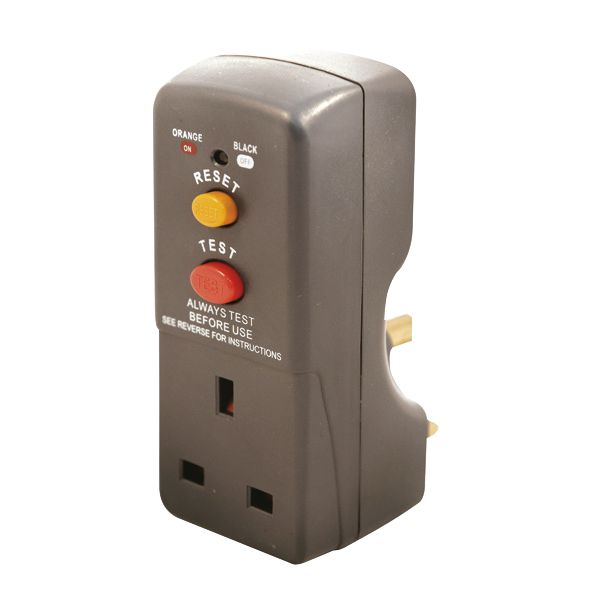Hi all
I’m new to this forum, and there seems to be lots of nice, helpful and knowledgeable people here, so I’m hoping someone might be able to help me with advice relevant to UK solar systems
I’ve built a small garden office, which I plan to work in most days from spring to autumn (I’ll go in the main house during winter), and I would like to install a small solar off-grid system that powers a few devices (laptop, monitor for laptop, Wi-Fi extender, a few led lights).
When building the garden room I installed the lighting and socket wiring ahead, which is as follows:
- x1 ceiling light (x3 leds(
- x2 double standard sockets (on the one radial circuit)
I’m leaning towards buying a Renology kit with a few panels, charge controller and associated cables, then separately purchasing a lithium battery and inverter.
My questions that I don’t understand and would like some help with are:
1. From the inverter, can I wire straight to the socket and lighting circuit? Or do I need to go to some sort of consumer unit first?
2. The 1000w Renogy inverter I’m looking at only has 3 pin AC out sockets (nowhere to hard wire to). Is this okay to use to send out power to the sockets and lighting circuit (or consumer unit) by? Or would I need a different inverter that allows hard wiring?
It’s worth noting that I am not going to be connected to the mains at all.
I’d like to keep it as simple as possible and ideally avoid a consumer unit if it is not necessary, but I also would like to keep it safe and not do anything that raises eyebrows!
Many thanks in advance!
I’m new to this forum, and there seems to be lots of nice, helpful and knowledgeable people here, so I’m hoping someone might be able to help me with advice relevant to UK solar systems
I’ve built a small garden office, which I plan to work in most days from spring to autumn (I’ll go in the main house during winter), and I would like to install a small solar off-grid system that powers a few devices (laptop, monitor for laptop, Wi-Fi extender, a few led lights).
When building the garden room I installed the lighting and socket wiring ahead, which is as follows:
- x1 ceiling light (x3 leds(
- x2 double standard sockets (on the one radial circuit)
I’m leaning towards buying a Renology kit with a few panels, charge controller and associated cables, then separately purchasing a lithium battery and inverter.
My questions that I don’t understand and would like some help with are:
1. From the inverter, can I wire straight to the socket and lighting circuit? Or do I need to go to some sort of consumer unit first?
2. The 1000w Renogy inverter I’m looking at only has 3 pin AC out sockets (nowhere to hard wire to). Is this okay to use to send out power to the sockets and lighting circuit (or consumer unit) by? Or would I need a different inverter that allows hard wiring?
It’s worth noting that I am not going to be connected to the mains at all.
I’d like to keep it as simple as possible and ideally avoid a consumer unit if it is not necessary, but I also would like to keep it safe and not do anything that raises eyebrows!
Many thanks in advance!



